Jung’s Secret to Transformation: Alchemy for the Soul
Prelude

When you hear the word alchemy, you might picture old wizards trying to turn metal into gold. But for Swiss psychologist Carl Jung, alchemy wasn’t really about potions or gold—it was a powerful metaphor for personal growth.
He saw it as a symbolic language that described how people change on the inside. In other words: alchemy was about the transformation of the soul.
The Hidden Language of the Psyche
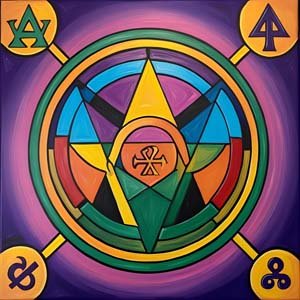
Jung believed the old alchemists were unknowingly describing the inner journey we all go through. The strange symbols in their books—like fire, darkness, kings, queens, and gold—actually reflected deep psychological changes happening inside them.
So instead of just being an old science, alchemy became (in Jung’s eyes) a map of personal transformation. And this is something we all go through at different points in our lives.
The Stages of Alchemical Transformation
Alchemy traditionally describes several key phases, which Jung linked directly to inner psychological development. Here are the most important ones:
1. Nigredo – “The Dark Night”
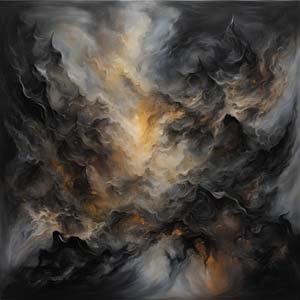
This is the first step. Everything falls apart. Life feels confusing, painful, or like something inside is “dying.” Old ways of thinking stop working.
In real life: This could look like a breakup, burnout, depression, or a major life crisis.
Why it matters: You’re being asked to face your shadow—those parts of yourself you usually avoid. It’s uncomfortable, but it’s the start of real change.
2. Albedo – “Cleansing and Clarity”

After the darkness, comes a feeling of light. You begin to see things differently. There’s more self-awareness, more inner peace.
In real life: You might start having insights about your patterns, your wounds, or who you really are. You feel cleaner, lighter.
Why it matters: This is your chance to reconnect with your true self, without all the baggage.
3. Citrinitas – “A New Way of Seeing”

This stage is about wisdom and awakening. You start to live from a deeper place inside you.
In real life: You begin making choices that reflect your deeper values. You’re not just reacting—you’re responding with awareness.
Why it matters: You’re becoming more conscious, creative, and connected to something larger than just your everyday problems.
4. Rubedo – “Wholeness and Integration”
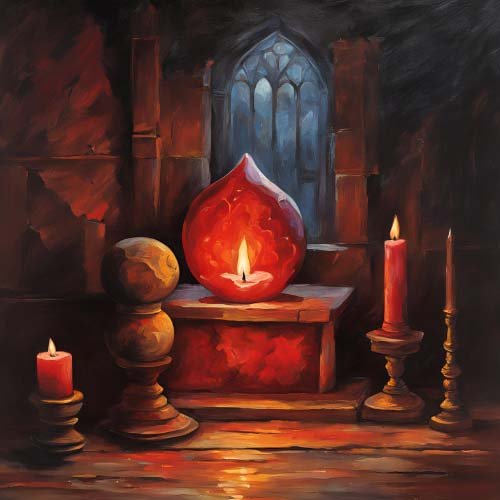
This is the final stage—where the different parts of yourself come together. You feel grounded, strong, and whole. You’re not perfect—but you’re real.
In real life: You trust yourself. You can face life’s ups and downs without falling apart. You’ve turned “lead” into your own kind of gold.
NOTE:
★ Alchemy is a lifelong process.
★ While these stages may seem linear, transformation is not a one-time event.
★ People may cycle through nigredo multiple times in life.
★ Each crisis can be a new death and rebirth, leading to deeper levels of awareness.
Alchemy in Film
Below are some movies that reflect the alchemical journey of inner transformation, as seen through a Jungian lens.
The Matrix (1999)




Stage 1: Nigredo (Blackening) – The Illusion Shatters
The stage of decomposition and breaking down. Old structures dissolve, leading to darkness and confusion.

★ Neo is stuck in his ordinary life, sensing something is wrong but unsure what.
★ He meets Morpheus, takes the red pill , and wakes up in the real world.
★ His old identity (“Thomas Anderson”) dies.
★ He faces chaos, confusion, and despair — a dark night of the soul.
Stage 2: Albedo (Whitening) – Awakening & Self-Discovery
Purification follows the dark chaos of Nigredo. The soul is cleansed, and clarity begins to emerge.

★ Neo trains with Morpheus, learning that the Matrix is an illusion.
★ He struggles with doubt and inner conflict , questioning whether he is “The One.”
★ This is his purification stage.
★ He begins to integrate new awareness but isn’t fully transformed yet.
Stage 3: Citrinitas (Yellowing) – Owning His True Power
The dawn of wisdom and deep insight. The purified self begins to shine with a golden glow.

★ The Oracle tells him he’s “not The One.”
★ Neo stops looking for external validation and begins trusting himself.
★ He starts embracing his abilities — dodging bullets, moving faster, fighting with confidence.
★ This stage represents wisdom and self-realization , but he’s not fully integrated yet.
Stage 4: Rubedo (Reddening) – Full Transformation & Mastery
The completion of the Great Work (Magnum Opus), where opposites are unified into a perfected whole.
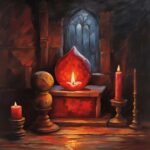
★ The climax: Neo is shot and “dies” (ego death) but is reborn as his true self.
★ He fully embraces his identity as The One , seeing the Matrix for what it is.
★ He stops fighting within the illusion.
★ He starts bending reality itself — complete mastery and wholeness.
Inception (2010)




Stage 1: Nigredo (Blackening) – Lost in the Unconscious
The stage of decomposition and breaking down. Old structures dissolve, leading to darkness and confusion.

★ Cobb is haunted by guilt over Mal’s death.
★ He is trapped in a cycle of self-deception and grief.
★ His reality is unstable — dreams and waking life blur together.
★ This is a dark night of the soul, where he is lost in his own shadow.
Stage 2: Albedo (Whitening) – Purification & Facing the Past
Purification follows the dark chaos of Nigredo. The soul is cleansed, and clarity begins to emerge.

★ Cobb assembles his team and enters deeper layers of the unconscious.
★ He starts confronting his projections of Mal, realizing she is just a part of his psyche.
★ This stage represents awareness and inner cleansing.
★ He’s starting to separate illusion from reality.
Stage 3: Citrinitas (Yellowing) – Letting Go & Transformation
The dawn of wisdom and deep insight. The purified self begins to shine with a golden glow.

★ Deep in Limbo, Cobb finally accepts Mal’s death and releases his attachment.
★ He stops trying to hold onto the past and chooses to move forward.
★ This is the moment of wisdom.
★ Cobb is no longer bound by guilt or self-doubt.
Stage 4: Rubedo (Reddening) – Wholeness & Returning to Reality
The completion of the Great Work (Magnum Opus), where opposites are unified into a perfected whole.

★ Having integrated his shadow, Cobb returns to his children — symbolizing his full individuation.
★ Whether the top falls or not doesn’t matter.
★ He is free, whole, and no longer seeking external validation.
★ He has mastered his unconscious and embraced his true self.
Beauty and the Beast (1991)



Stage 1: Nigredo (Blackening) – The Curse & Inner Darkness
The stage of decomposition and breaking down. Old structures dissolve, leading to darkness and confusion.

★ Cursed due to his arrogance, the Beast is trapped in a monstrous form, full of anger and self-hatred.
★ His castle is dark, cold, and lifeless — a symbol of his inner shadow.
★ Belle feels trapped in her “provincial life,” longing for something beyond the mundane.
★ She is stuck in disillusionment with the world around her.
Stage 2: Albedo (Whitening) – Awakening & Purification
Purification follows the dark chaos of Nigredo. The soul is cleansed, and clarity begins to emerge.

★ As Belle enters his life, the Beast learns kindness, patience, and selflessness — qualities he once lacked.
★ He is purifying his soul through love, leading to transformation.
★ Belle starts seeing beyond appearances, realizing that true beauty is within.
★ Her rigid views of the world dissolve, and she opens herself to change.
Stage 3: Citrinitas (Yellowing) – True Self Emerges
The dawn of wisdom and deep insight. The purified self begins to shine with a golden glow.

★ The Beast lets Belle go, proving he has learned true love — selflessness and sacrifice.
★ His wisdom and emotional maturity are now fully developed.
★ Belle recognizes her love for the Beast.
★ She now understands that true connection transcends superficial differences.
Stage 4: Rubedo (Reddening) – Wholeness & Rebirth
The completion of the Great Work (Magnum Opus), where opposites are unified into a perfected whole.

★ The Beast dies (symbolic ego death) and is reborn in his true form — a prince.
★ He is now humble and whole.
★ Belle fully embraces love, completing her journey of self-awareness and individuation.
★ The castle is restored, light returns — symbolizing their psychological and spiritual integration.
The Lion King (1994)


:max_bytes(150000):strip_icc():focal(216x0:218x2)/lion-king-435x580-1-9e4698d7bb0f4814976e9292160adb37.jpg)
Stage 1: Nigredo (Blackening) – Fall into Darkness
The stage of decomposition and breaking down. Old structures dissolve, leading to darkness and confusion.

★ Simba is tricked by Scar into believing he caused Mufasa’s death.
★ Simba’s innocence is shattered.
★ He runs away, escaping into exile — this symbolizes the death of his old self.
★ This is a dark, chaotic phase, filled with guilt, fear, and loss of identity.
Stage 2: Albedo (Whitening) – Self-Discovery & Purification
Purification follows the dark chaos of Nigredo. The soul is cleansed, and clarity begins to emerge.

★ Living with Timon & Pumbaa, Simba adopts a carefree Hakuna Matata lifestyle.
★ While it seems like peace, it’s really a false purification — he’s avoiding his true self.
★ The real Albedo moment comes when Nala finds him, and Rafiki helps him see Mufasa within himself.
★ This is his first step toward self-awareness.
Stage 3: Citrinitas (Yellowing) – Accepting His True Self
The dawn of wisdom and deep insight. The purified self begins to shine with a golden glow.

★ After seeing his father’s spirit, Simba realize she cannot run from who he is.
★ He embraces his identity as king and returns to the Pride Lands.
★ This is his moment of wisdom.
★ He now understands that true leadership comes from responsibility, not ego.
Stage 4: Rubedo (Reddening) – Transformation & Wholeness
The completion of the Great Work (Magnum Opus), where opposites are unified into a perfected whole.

★ Simba defeats Scar and reclaims Pride Rock.
★ This symbolizes the completion of his transformation.
★ The rain washing over the land represents renewal and rebirth.
★ He steps into his full self — the rightful king — achieving individuation and wholeness.
Naruto (2002-2017)


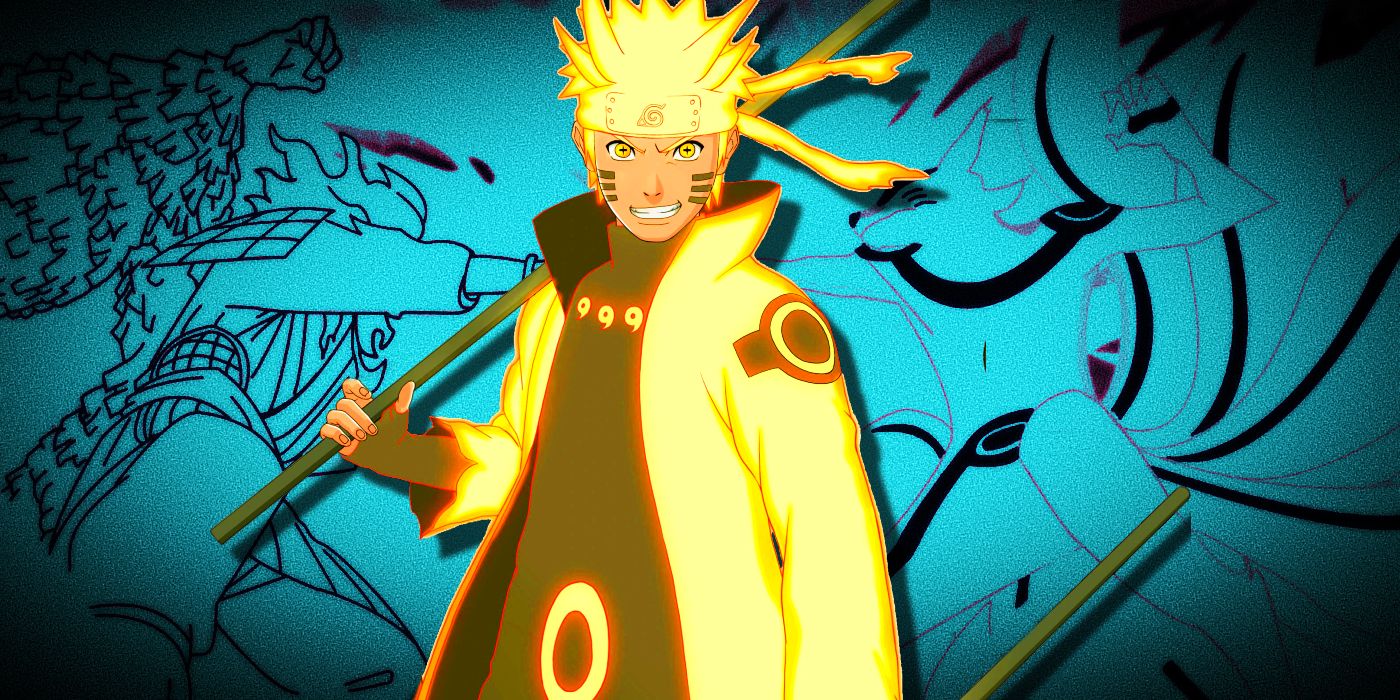
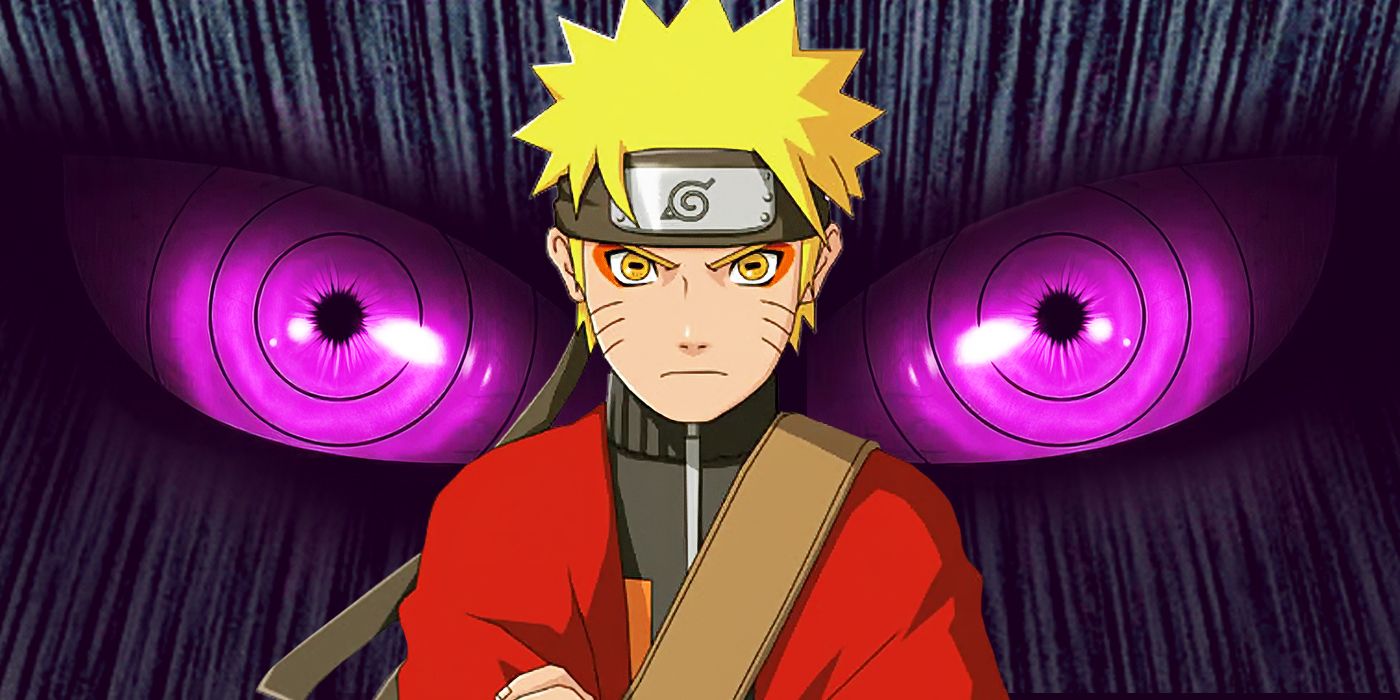
Stage 1: Nigredo (Blackening) – Isolation & Suffering
The stage of decomposition and breaking down. Old structures dissolve, leading to darkness and confusion.

★ Naruto is an outcast, rejected by his village due to the Nine-Tails sealed inside him.
★ He craves recognition, acting out for attention, but deep down, he feels lost and alone.
★ This is the dark night of the soul.
★ He faces rejection, pain, and an unclear identity.
Stage 2: Albedo (Whitening) – Growth & Inner Awakening
Purification follows the dark chaos of Nigredo. The soul is cleansed, and clarity begins to emerge.

★ Trained under Kakashi and Jiraiya, Naruto learns discipline, gains knowledge, purifies his intentions.
★ He starts forming bonds (Sasuke, Sakura, Iruka), learning the power of true connection.
★ He begins to see beyond his own suffering and understand the struggles of others.
★ This is the purification stage, where he sheds childish illusions and develops self-awareness.
Stage 3: Citrinitas (Yellowing) – Mastery of the Self
The dawn of wisdom and deep insight. The purified self begins to shine with a golden glow.

★ Naruto confronts his inner darkness — the Nine-Tails’ hatred, his own fear, and the pain of loss.
★ He befriends Kurama instead of rejecting him, integrating his shadow.
★ He realizes he doesn’t need external validation — he is strong on his own.
★ This stage represents wisdom, as he fully steps into his power and owns his destiny.
Stage 4: Rubedo (Reddening) – Individuation & Wholeness
The completion of the Great Work (Magnum Opus), where opposites are unified into a perfected whole.

★ Naruto becomes the Hero of the Shinobi World, uniting different nations.
★ He embodies the Will of Fire, bringing peace and balance to the world.
★ He achieves his dream of becoming Hokage, not just as a title, but as a fully integrated, mature leader.
★ He has become his true self, no longer driven by insecurity but by purpose.
Monster (2004-2005)



Stage 1: Nigredo (Blackening) – The Fall & Crisis
The stage of decomposition and breaking down. Old structures dissolve, leading to darkness and confusion.

★ Dr. Kenzo Tenma is a respected surgeon, he chooses to save Johan over an influential politician.
★ He is betrayed, loses his status, and is haunted by guilt when Johan becomes a serial killer.
★ This is the dark night of the soul.
★ He is forced to confront the consequences of his choices.
Stage 2: Albedo (Whitening) – Seeking Truth & Redemption
Purification follows the dark chaos of Nigredo. The soul is cleansed, and clarity begins to emerge.

★ Tenma embarks on a journey to track down Johan, searching for answers and redemption.
★ He meets various people affected by Johan’s actions.
★ He begins to see the complexity of human nature — good and evil are not always clear-cut.
★ He sheds his old idealistic worldview and starts confronting the reality of evil.
Stage 3: Citrinitas (Yellowing) – Understanding the Shadow
The dawn of wisdom and deep insight. The purified self begins to shine with a golden glow.

★ As Tenma learns more about Johan’s past, he realizes that Johan is not just a monster, but also a victim.
★ He faces the idea that everyone has darkness within them, including himself.
★ This is the stage of wisdom and transformation.
★ Tenma must decide whether to embrace vengeance or remain true to his principles.
Stage 4: Rubedo (Reddening) – Wholeness & Final Confrontation
The completion of the Great Work (Magnum Opus), where opposites are unified into a perfected whole.

★ In the final confrontation, Tenma chooses not to kill Johan, proving he has fully integrated his shadow.
★ He understands that his role is not to destroy, but to heal.
★ He remains a doctor even when faced with pure evil.
★ Tenma’s journey ends in wholeness, self-acceptance, and moral clarity.
Guilty Crown (2011-2012)
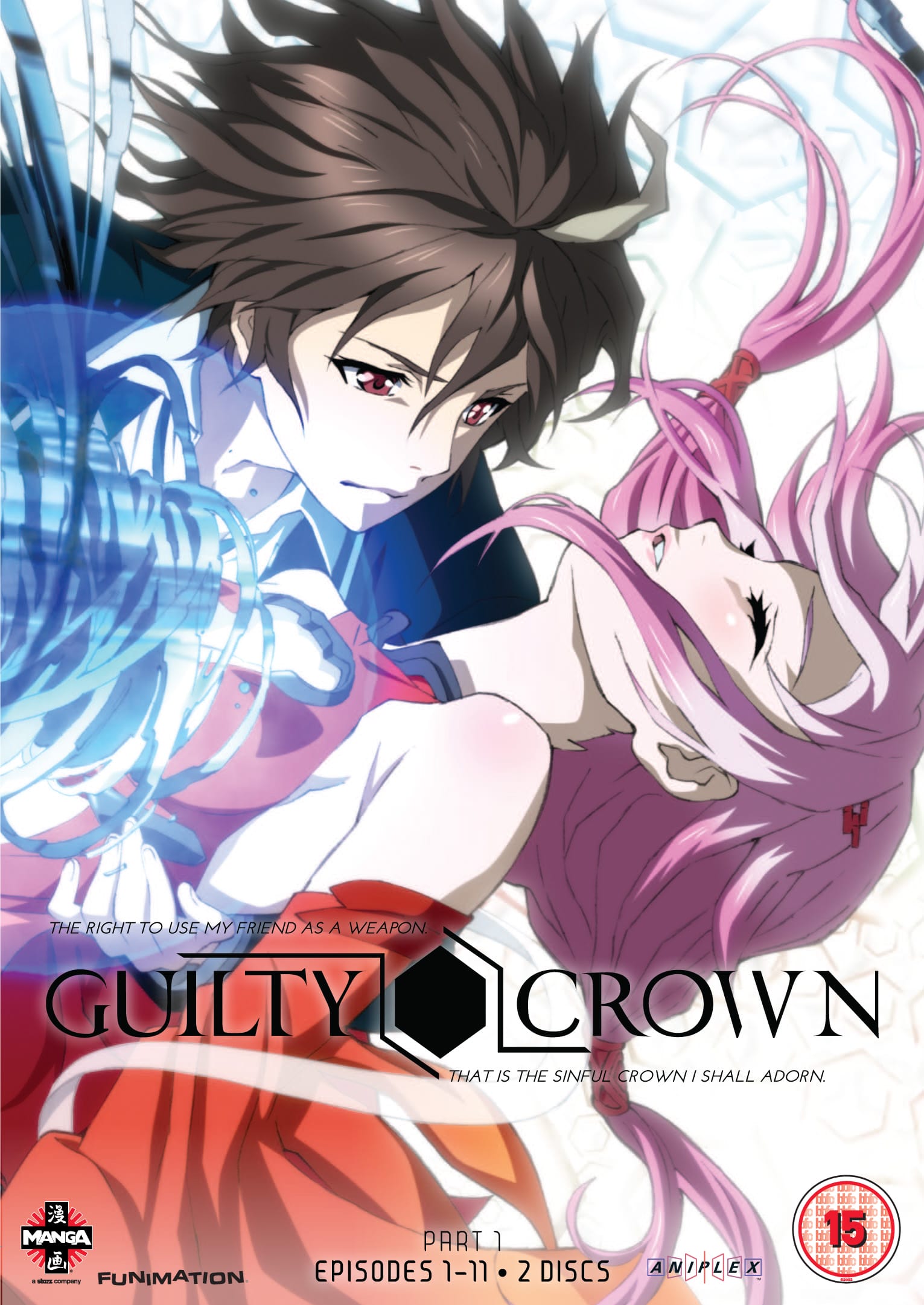

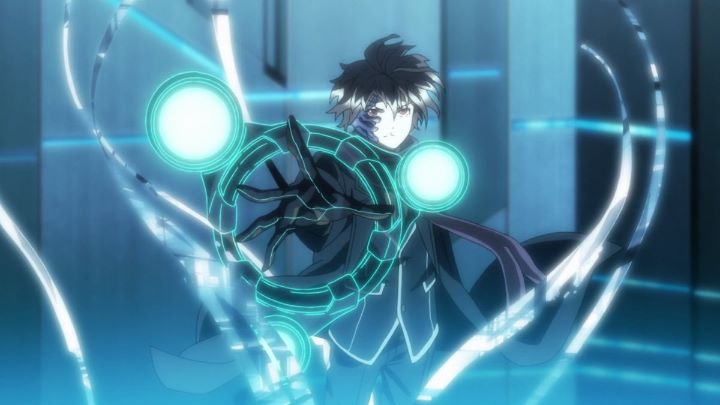

Stage 1: Nigredo (Blackening) – Shu’s Fall & Crisis
The stage of decomposition and breaking down. Old structures dissolve, leading to darkness and confusion.

★ Shu starts as an ordinary, insecure student, avoiding responsibility and lacking confidence.
★ After meeting Inori, he accidentally obtains the Power of the King, throwing him into a chaotic world.
★ He is overwhelmed by fear, doubt, and loss, struggling to understand his new role.
★ This is his “dark night of the soul” — his old self dies, but he doesn’t yet know who he is.
Stage 2: Albedo (Whitening) – Learning & Struggle for Control
Purification follows the dark chaos of Nigredo. The soul is cleansed, and clarity begins to emerge.

★ Shu reluctantly joins Funeral Parlor, trying to fight against GHQ.
★ He begins to understand his power but is still emotionally unstable and dependent on others.
★ He faces betrayal and personal losses, realizing that reality is more complex than he thought.
★ This stage represents purification, as he struggles to define his identity and beliefs.
Stage 3: Citrinitas (Yellowing) – Breaking & Transformation
The dawn of wisdom and deep insight. The purified self begins to shine with a golden glow.

★ After Gai’s “death” and the collapse of Funeral Parlor, Shu is forced to take leadership.
★ He becomes a dictator, trying to create order but falls into a corrupted sense of power.
★ He faces his shadow self, realizing that he has become the kind of ruler he once opposed.
★ This stage is about wisdom — learning that true strength isn’t about control, but sacrifice.
Stage 4: Rubedo (Reddening) – True Heroism & Self-Realization
The completion of the Great Work (Magnum Opus), where opposites are unified into a perfected whole.

★ In the final battle, Shu rejects tyranny and embraces selflessness.
★ He takes on the burden of the Apocalypse Virus, sacrificing himself to save humanity.
★ He has integrated his power, learned love, loss, and responsibility, achieving wholeness.
★ This represents his final individuation — he is no longer a boy seeking purpose, but a fully realized self.
The Alchemist

You are called to be the Alchemist of your own Soul.
To be the alchemist of your soul means to take full ownership of your inner transformation — turning your personal struggles, pain, and limitations into wisdom, strength, and growth. Just as an alchemist sought to transform base metals into gold, you are called to refine your emotions, thoughts, and experiences into something higher and more meaningful.
Ultimately, being the alchemist of your soul means embracing life as an evolving process of growth, where even the darkest experiences can become the raw material for profound transformation.
Postlude

Jung said that alchemy wasn’t just ancient magic—it was a story about what it means to grow as a human being.
The alchemist’s journey is our journey. We all go through dark times. We all carry “raw material” inside—wounds, confusion, parts of us we haven’t fully faced. But if we’re willing to go through the fire, we can transform.
Just like the alchemists turning lead into gold, we can turn our pain, confusion, and shadow into wisdom, strength, and soul.
